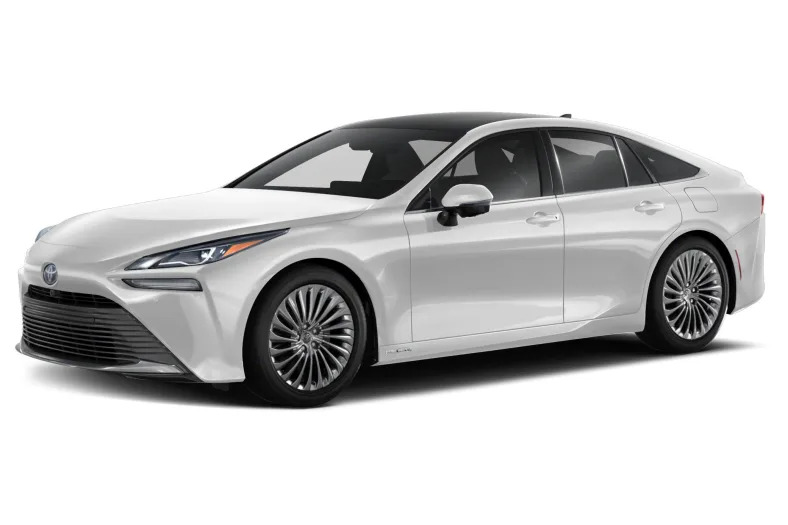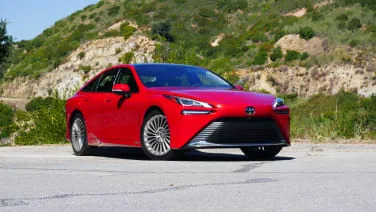2023 Toyota Mirai
AGOURA HILLS, Calif. – You think the country’s electric charging infrastructure is bad? Try owning a hydrogen-powered car!
Chances are, you live in a place where that isn’t even possible, but here in California, there are indeed hydrogen filling stations dotted throughout the major metropolitan areas and, as such, cars for sale or lease that utilize hydrogen fuel cells. OK, so there’s presently just two, the Toyota Mirai and Hyundai Nexo, but the Honda Clarity Fuel Cell had been available up until 2021.
I got a chance to drive the Clarity on its press launch along with the first-generation …
Full Review
Full Review
AGOURA HILLS, Calif. – You think the country’s electric charging infrastructure is bad? Try owning a hydrogen-powered car!
Chances are, you live in a place where that isn’t even possible, but here in California, there are indeed hydrogen filling stations dotted throughout the major metropolitan areas and, as such, cars for sale or lease that utilize hydrogen fuel cells. OK, so there’s presently just two, the Toyota Mirai and Hyundai Nexo, but the Honda Clarity Fuel Cell had been available up until 2021.
I got a chance to drive the Clarity on its press launch along with the first-generation …
Hide Full Review
Retail Price
| Engine | |
| MPG | Up to 76 city / 71 highway |
| Seating | 5 Passengers |
| Transmission | 1-spd auto |
| Power | 182 @ rpm |
| Drivetrain | rear-wheel |
| Curb Weight | 4,255 - 4,335 lbs |





